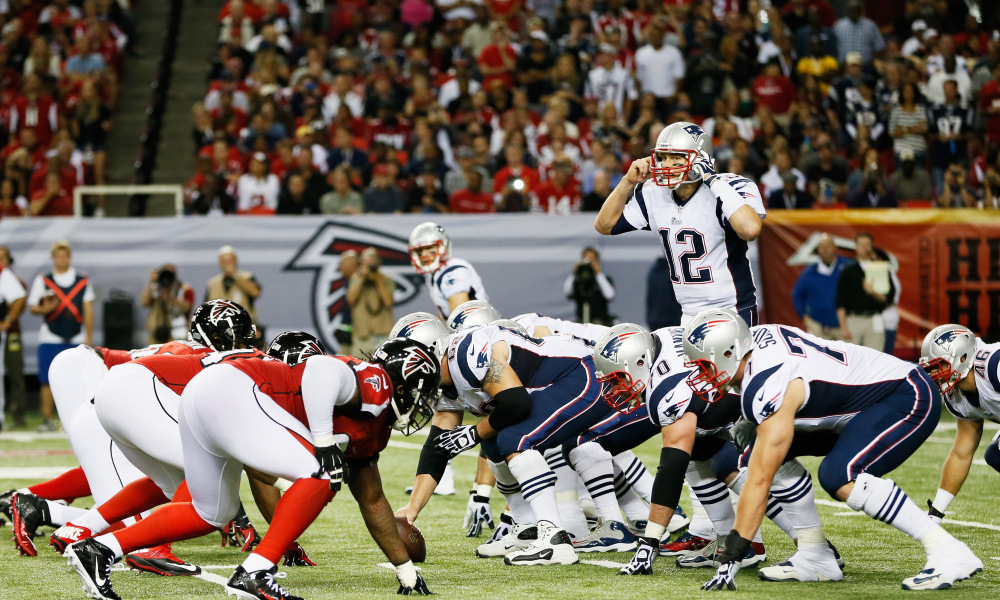The Super Bowl has recently become more of a holiday than a sporting event in North America, with some people even petitioning to make the Monday after a national holiday. The game is one of the most anticipated television programs of the year for both loyal fans and general audiences alike. Beyond football, the Super Bowl is a chance to see giant corporations shell out millions of dollars on spectacular commercials.
Background
This year’s Super Bowl will be the first time that American advertisements will be shown in Canada. In early 2015, the Canadian Radio-television and Telecommunications Commission (CRTC) ruled that Canadian television stations can play the same advertisements that will be shown in the United States. Starting this year Canadians will be able to choose whether they tune into a channel playing American or Canadian ads.
Many Canadian citizens are happy about this news because they will no longer be forced to search for the most talked-about commercials on YouTube after the game. Instead, viewers across the country can watch them live and not miss out on advertisements such as “Puppy Monkey Baby” like they did last year. Canadian broadcasting companies do not seem as enthusiastic about this new arrangement, however. Colloquially termed “pigskin politics,” the decision to allow American advertisements to play in Canada has many politicians and businessmen on both sides of the border outraged.
The Canadian Side
This new policy is bad news for Canadian broadcasters. A process called “simultaneous substitution” has been used in past Super Bowls, which allowed Canadian broadcasters to substitute their own ads over the American ones during commercial breaks. This practice earned Canadian broadcasters about $250 million annually.
Bell Media formerly held the exclusive rights to distribute commercials during the Super Bowl in Canada. This meant that Canadian advertisers would pay Bell to run these ads during the breaks from play. With the new CRTC ruling, however, Canadians can now view the American Super Bowl commercials by tuning into American channels. The value of Canadian advertisements is predicted to decrease since Canadians are expected to tune into the American channels to catch a glimpse of the much-anticipated American commercials instead. Last year, 8.3 million Canadians watched the Super Bowl and this year it seems Canadian advertisers stand to lose much of that large audience.
The American Side
The NFL is also livid about this choice. When large companies such as Audi or Doritos bid on an ad spot, they do not typically pay to get access to Canadian viewers. Advertisements go for about $5 million per 30-second spot, and as of this year, they will gain the rights to millions of additional viewers in Canada.
The NFL and Bell Media have both tried to appeal this decision in courts, but as the Super Bowl approaches this Sunday there is nothing that can be done to stop the ads from showing in Canada. Senator Marco Rubio even pleaded with the Canadian government to reverse the CRTC’s decision saying, “it … sends a troubling signal about the value Canada places on its largest trading partner. ” He went as far as to denounce the CRTC policy for hurting American-Canadian trade relationships.
Does this Matter?
The blowback from the NFL and Bell begs the question, is this really an important issue? Experts such as Michael Geist, a law professor of University of Ottawa, have argued that simultaneous substitution is trivial in our age of social media given the speed of information transfer. Live streams, social media recording devices such as Snapchat and Instagram Stories, and specialty channels allow Canadians to gain access to these advertisements regardless of the policy.
Even more importantly, this is the first year the new policy is going into place. It is impossible to tell how much, if at all, this will affect the revenue Bell generates or how many people will even tune into the American channels.
Only time will tell how this new policy will affect revenue or if it will be overturned in the coming months. It is beginning to seem like the real spectacle this year will not be the commercials themselves, but the controversy over who should be allowed to view them.








